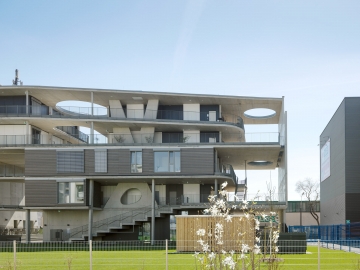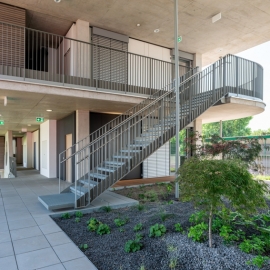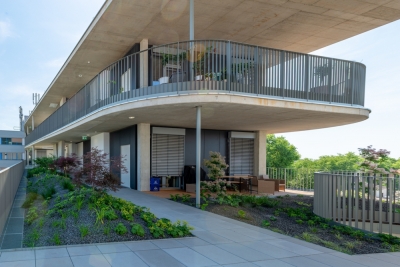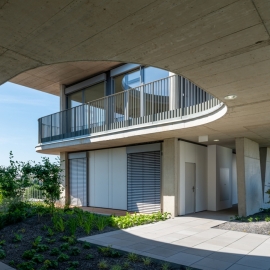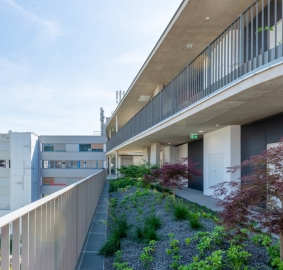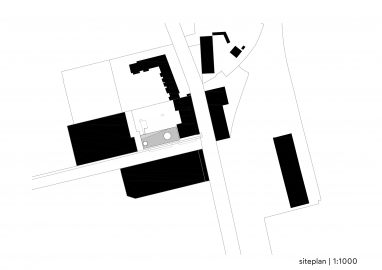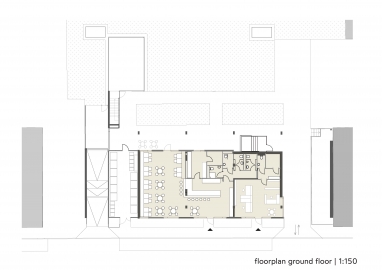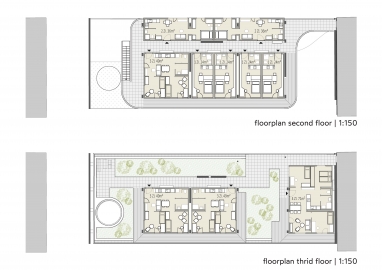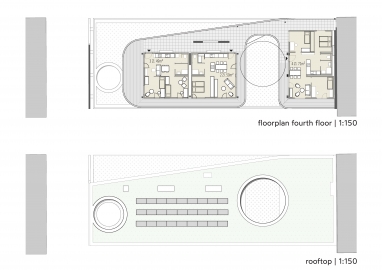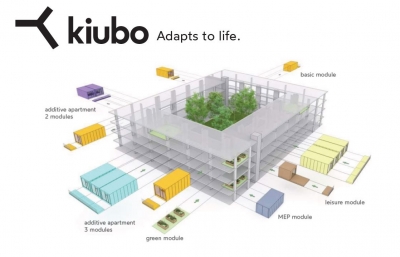Kiubo
Kiubo adapts to live
The KIUBO concept consists of a hybrid system that consistently separates the shell from the fitout, combines rent and ownership, and offers adaptability to the individual life cycle.
The KIUBO concept consists of a hybrid system that consistently separates the shell from the fitout, combines rent and ownership, and offers adaptability to the individual life cycle. The main building structure is implemented using a stationary or mobile support unit in the form of a terminal. This terminal is built in as a resource-saving concrete or wooden skeleton structure and consciously inserted into the location-specific context. The building system is then completed with prefabricated units in the form of individual modules. Users purchase one or more modules according to their individual requirements and rent one or more spaces in the terminal. These modules are connected to the building services of the terminal using the Plug&Play principle; thus, the module is already fully functional once it is connected to the terminal.
These modules are connected to the building services of the terminal using the Plug&Play principle; thus, the module is already fully functional once it is connected to the terminal. Thanks to the high degree of standardisation and the simple connection principle, these modules can be used with another terminal at any time or even as a free-standing element, both in an urban and in a rural context. Each individual module can fulfil a multitude of functions – a permanent or temporary residence, a workspace, a care facility or a cultural and catering space. If more space is available, additional modules or open spaces can be flexibly connected to an existing unit at any time. The terminal reacts dynamically to changing needs by accepting multiple combinations of prefabricated mobile modules and allowing multiple occupancy states. Simple additive systems up to the development of complex spatial designs are conceivable. Such a high degree of prefabrication and serial production enables high-quality and weather-independent manual work, a large part of which takes place independent of location in production halls and no longer on construction sites.

